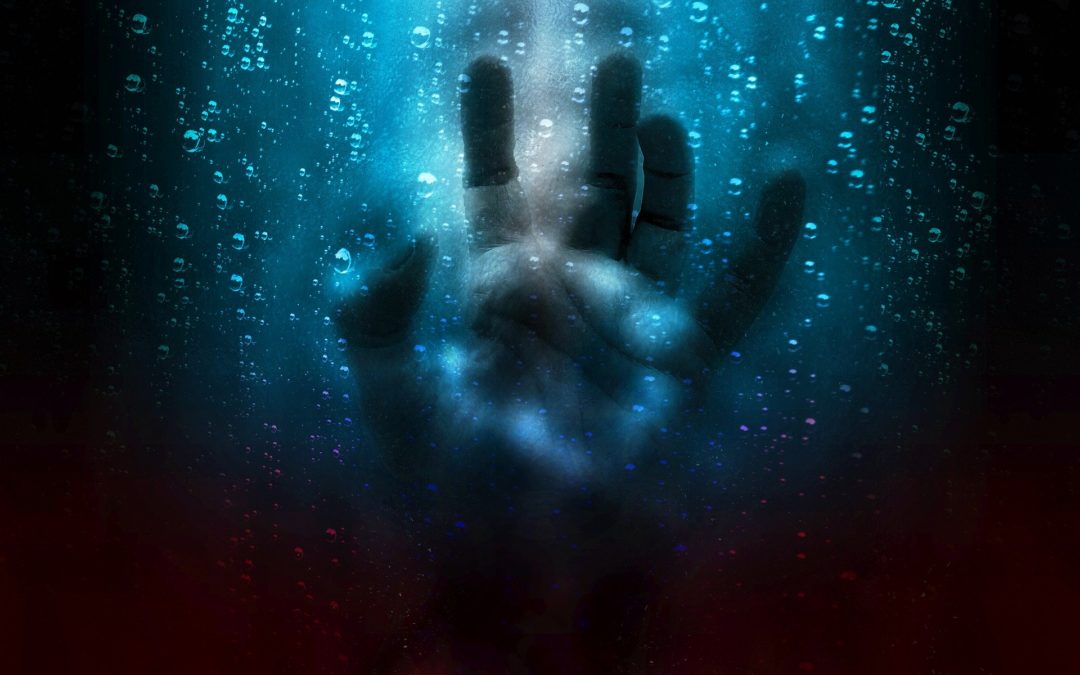Despite popular belief, regular, everyday people—not just our nation’s veterans—can develop post traumatic stress disorder, PTSD. While it’s understandable that a wartime experience could cause trauma, there are also plenty of other experiences—experiences that happen in everyday life—that could also cause an equally dramatic psychiatric response. However, while the specifics of a traumatic event are important, the key is that the event must fundamentally conflict with our understanding of ourselves or of our environment: that is what causes PTSD to develop. Learning how to digest and process both the good and the bad parts of our lives ensures the greatest opportunity to live a rich and fulfilling one. Sadly, however, this is not always possible after a traumatic experience. When necessary, additional medical intervention may also be required.
PTSD can cause a number of physical and emotional reactions that vary in severity and in length. Interestingly, there are many people who survive a traumatic event but don’t develop any averse symptoms until years later. While it’s impressive that the human body is capable of producing these reactions, the result is usually catastrophic for the individual because it makes living a happy and normal life almost impossible.
While it’s unclear what specifically causes PTSD to manifest—perhaps it’s the result of a number of unconscious reactions to subtle environmental stimuli—the symptoms it produces are clear. For many, their PTSD diagnosis comes after an extended period of bad dreams, unpleasant flashbacks, unstable and volatile moods, difficulty sleeping, and even systematic avoidance.
Fortunately, overcoming PTSD is very possible with the guidance of a professional, some medication, and regular therapy. In fact, there are a number of ways to treat the condition, with some of the more successful treatments including:
Cognitive Behavioral Therapy (CBT): Patients learn how to break their issues down into realistic, manageable pieces that they can overcome and move on from.
Eye Movement Desensitization and Reprocessing (EMDR): Patients learn to overcome their PTSD by being exposed to traumatic memories using different stimuli.
Exposure Therapy: Similar to EMDR, but without alternative stimuli.
Imagery Rehearsal Therapy (IRT): Reduces the intensity and frequency of nightmares.
Ketamine Infusions: An alternative approach that uses low doses of ketamine to promote the growth of new spinal dendrites in the brain, to encourage more malleable and adjustable memory pathways.
While no treatment path is a sure fit for everyone, the wisest and swiftest way to recovery is through careful trial and error. By committing yourself to each treatment option, each patient ensures they have not wasted an opportunity to overcome their condition. And hopefully, with a little patience and persistence, the patient’s recovery changes from a “wish” to a “when.”

Contact Our Ketamine Treatment Centers
Our ketamine clinics in Boston, MA and West Hartford, CT offer ketamine infusions and Spravato™ (esketamine) nasal spray for the treatment of depression, anxiety, PTSD and other psychiatric conditions. Operated by one of the Northeast’s leading psychiatrists, our team is uniquely equipped to treat patients who need compassionate yet effective care. Contact us using the brief form below to learn more about our clinics and how we can help you or a loved one receive the care they need.


Recent Comments